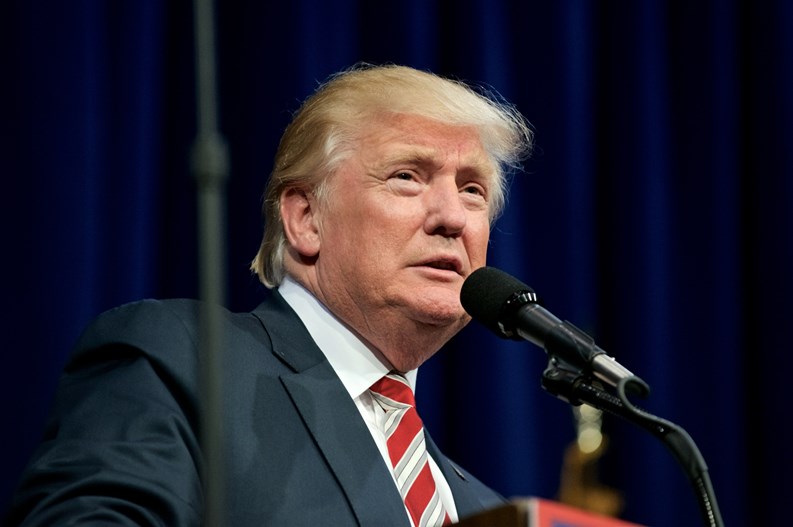On January 9, shortly before the end of his second and final term, President Barack Obama sent a directive to the Department of Housing and Urban Development (HUD), ordering a reduction in FHA mortgage insurance premiums by a quarter of a point, from 0.85 percent to 0.60 percent. According to Bloomberg News, the cut would have saved homeowners as much as $500 a year for someone borrowing $200,000.
“After four straight years of growth and with sufficient reserves on hand to meet future claims, it’s time for FHA to pass along some modest savings to working families,” said then- Secretary of Housing and Urban Development Julian Castro, as quoted in TheHill.com.
Republicans countered that the reduction would lower the funds to help the FHA handle mortgage defaults. Texas Republican Congressman Jeb Hensarling, who is also chair of the House Financial Services Committee, criticized the then-outgoing administration's move. "It seems the Obama administration's parting gift to hardworking taxpayers,” he said, as quoted by CNBC, “is to put them at greater risk of footing the bill for yet another bailout. Just three years ago the taxpayers had to spend $1.7 billion to bail out the FHA. Lowering premiums to below market rates now only puts the FHA in a more precarious financial condition."
A day after his inauguration, President Donald Trump sent an order to HUD suspending this reduction in mortgage insurance premiums indefinitely, with the new administration saying that "more analysis and research are deemed necessary to assess future adjustments," as reported by CNBC.
Some Clarification
Two important facts should be noted here that have not been widely addressed in the media. According to Tim Beyers, mortgage analyst with American Financing, a mortgage banking company based in Colorado, “first, this was not an executive order. It was rather a directive to a federal agency by the White House.”
Second, the original directive from President Obama was set to go into effect on January 27, 2017. It never actually went into effect. The reduction in insurance rates was never made, therefore no borrower actually benefited from the directive.
What is FHA Insurance?
An FHA-insured loan is very similar to a conventional loan except that it’s guaranteed by the U.S. government, says Beyers. “The insurance premium the borrower pays every month goes to a fund that the government uses to guarantee a mortgage from default.” The main benefit of an FHA-insured mortgage is that it reduces the required down payment from 20 percent (typically required by most banks for most conventional loans) to as little as 3.5 percent of the purchase price. “In many cases borrowers choose an FHA-insured mortgage because of the lower down payment requirement,” he says.
Typically, Beyers explains, “this product appeals to first-time home buyers, people that don’t have the full down payment, lower-income individuals with lower credit scores or with a little more debt than desired by lenders to qualify for a conventional mortgage.”
Since the change in the rate never actually went into effect, Beyers believes that the reversal of the reduction will not have a serious or lasting effect on the market or the borrowers. FHA-insured mortgages are available for single-family homes and condominiums.
The Net Effect
Let’s look at the numbers. For a typical $200,000 mortgage, the cost to the borrower without the reduction in the mortgage insurance rate is approximately $42 a month (or $500 per year). As suggested by Beyers, that’s probably not a deal breaker for most borrowers who would both require and qualify for this program.
The problem is that in the New York area, the mortgage amount to be insured (there is a limit on purchase price of $625,000 indicating a maximum loan of $603,125) would in all probability be substantially higher than $200,000, resulting in a much higher monthly increased cost than $42. Assuming it is a $600,000 mortgage, the resulting increase in mortgage insurance premium would be $125 per month (or $1,500 per year), which is pretty significant.
Among those disappointed with Trump's decision is the National Association of Realtors—which had earlier called the reduction by the Obama administration “a fresh start.” According to president William Brown via CNBC, the association “will continue making the case to reinstate the cut in the months ahead.”
A.J. Sidransky is a novelist and a staff writer for The Cooperator and other publications.







Leave a Comment